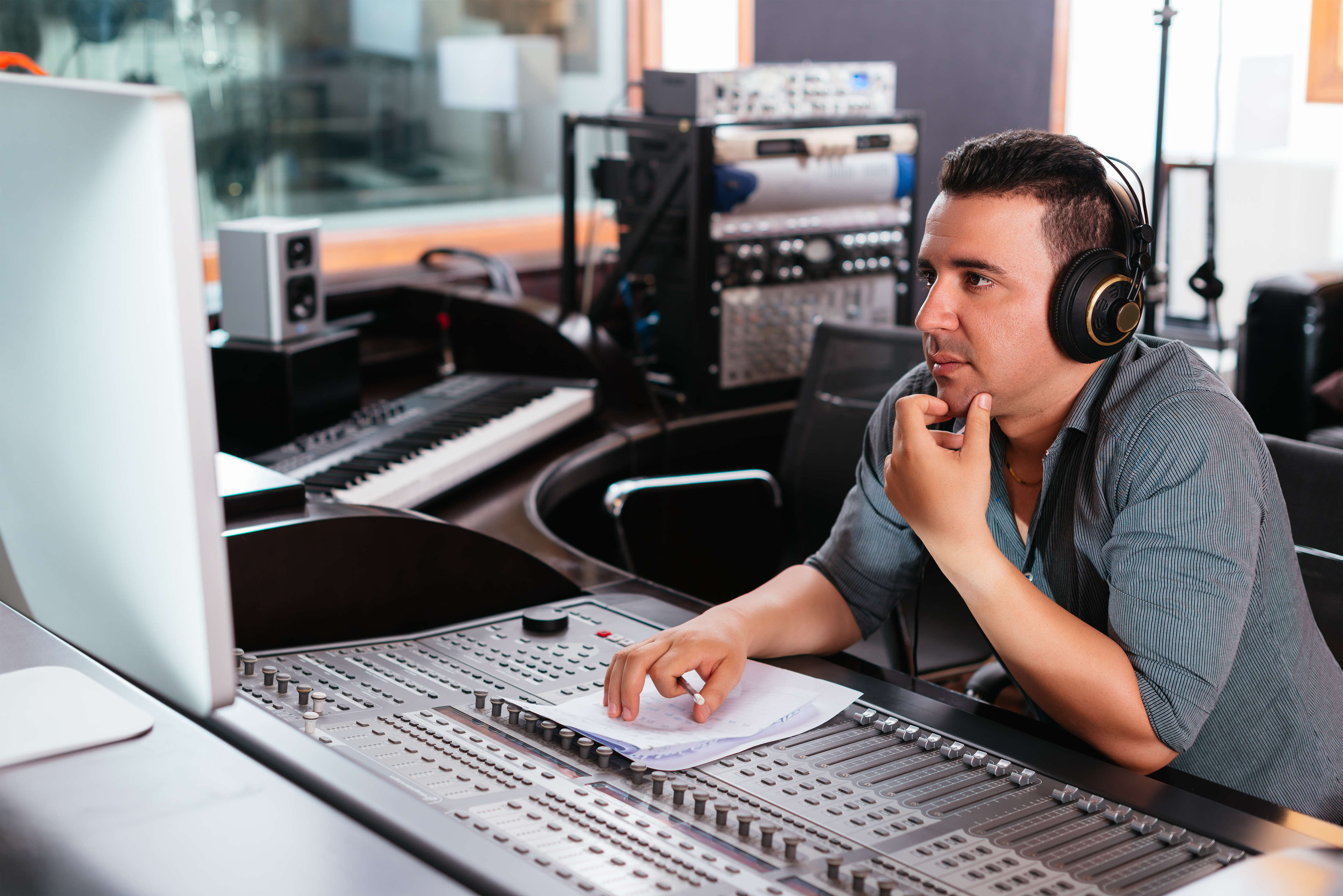
With the unprecedented amount of listener data the streaming platforms are offering to artists, it is possible to increase the streaming numbers using cues from data. By understanding who your listeners are, which songs are performing best and what are the top playlists you perform well, you can increase your success in the streaming area and get a consistent revenue stream.
So, here are 5 ways to use artist data to boost streaming plays:
1) Look up your top streamed tracks and analyze why they performed well ( Number of Saves, Playlist adds)
When looking at your streaming data, you should first understand what your top performing songs are and why they perform well.
For this, the first thing you would look at the total number of streams and listeners. If you’re in a lot of playlists, the total number of streams can be misleading, so make sure you also look at the listener number. The listener number will be the unique number of listeners.
The listener engagement can further be measured by the number of saves. This is the number of people who liked your track and added it to their personal libraries. Compare the number of saves to the number of listeners. The ratio of Saves/Listeners can be a good indicator if the song is well liked or not.
Once, you make a list of your top performing songs, note down the mood and genre of these songs. Check out if they got placed into any playlists. By understanding which songs are performing well, you can create more songs based on that mood and style.
2) Analyze Listener Demographics (Location, Age, Source of Streams) and Understand Which Song Performed best in which Demo
The second thing you should be doing is to understand who your listeners are, where do they live and how they listen to your music. Fortunately, the streaming platforms give us the location data so we can see where listeners live and which song they listen to the most. Aside from streaming, this is also useful data for booking shows in the future.
Furthermore, you can see the age groups and gender information. This is also good to understand which demographic do you perform the best.
The last part would be to understand how they listen to your music. Did they find you from an online article, or playlists? If they found you on a playlist - was it an editorial or algorithmic playlist? This is all important information to analyze.
3) Analyze title keywords of playlists you performed well in terms of genres and moods (Including Editorial Playlist adds)
Playlists are very important to understand how you get new listeners. User generated playlists, which are usually smaller, are great to build up your analytics. One of the most important criteria to get into editorial and algorithmic playlists are building up great analytics.
So, once you get into a few user generated playlists, look at the playlists you perform the best. This would be not only the playlists you get the most streams, but also most listeners and saves. If you have, you can also look up your editorial and algorithmic playlist placements to understand which keywords, genres and moods are they defined with. Understanding why you got in will only make your job easier in the future to be placed on a large playlist again.
4) Look up artists on ‘Listeners Also Like’ and try to understand what do you have in common (Genre, Mood…)
Another great way to analyze your streaming data is to look up artists listed under ‘listeners also like’ on your analytics page. This list is based on user behavior aggregated from similar playlist adds and saves to you. Basically, if you and X artist were on the same playlist, and then a user saved both of you to their playlist, or better, created a new playlist featuring yourself and X artist, you are flagged by the algorithm and now associated with that artist.
Check out the pages of these artists on your list and listen to their music. Try to understand what do you have in common with them. Are you in a similar genre? Or is it that your music are in similar moods? What makes a listener associate you and X artist together? This would be a very valuable exercise at its worst, and a potential partnership with the X artist at it’s best.
5) Get more listeners to follow your profile, so they will be notified when you upload a new track
Your follower number is one of the biggest indicators that you have good engagement with your listeners. Your followers are people who are most likely to not only check out your music, but also to buy your merchandise and come to your shows. They are current and potential fans. So, having a good follower/listener ratio is a great sign, as it shows how much of the listeners you are able to convert into fans or followers. Moreover, followers will be notified first when you upload a new track. Your songs will be on their ‘Release Radar’ playlists, so they will be the ones who will save your tracks to their libraries and get your analytics numbers up.
Final Words
By analyzing and understanding your top performing songs, you can deliver new songs who might potentially be successful as well. Moreover, you can use streaming data to look into user demographics such as age, gender and location.
The location data can additionally be very helpful for booking future gigs. Moreover, by looking into other artists your listeners listen to, you can understand why listeners choose to listen to your music. And finally, by getting more followers, you can convert your listeners into the fans, who will ultimately be very useful for you to increase your revenue as an artist.






